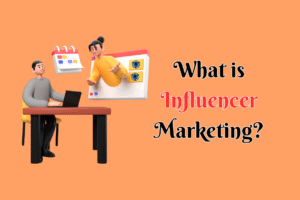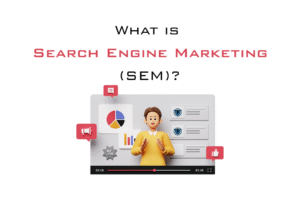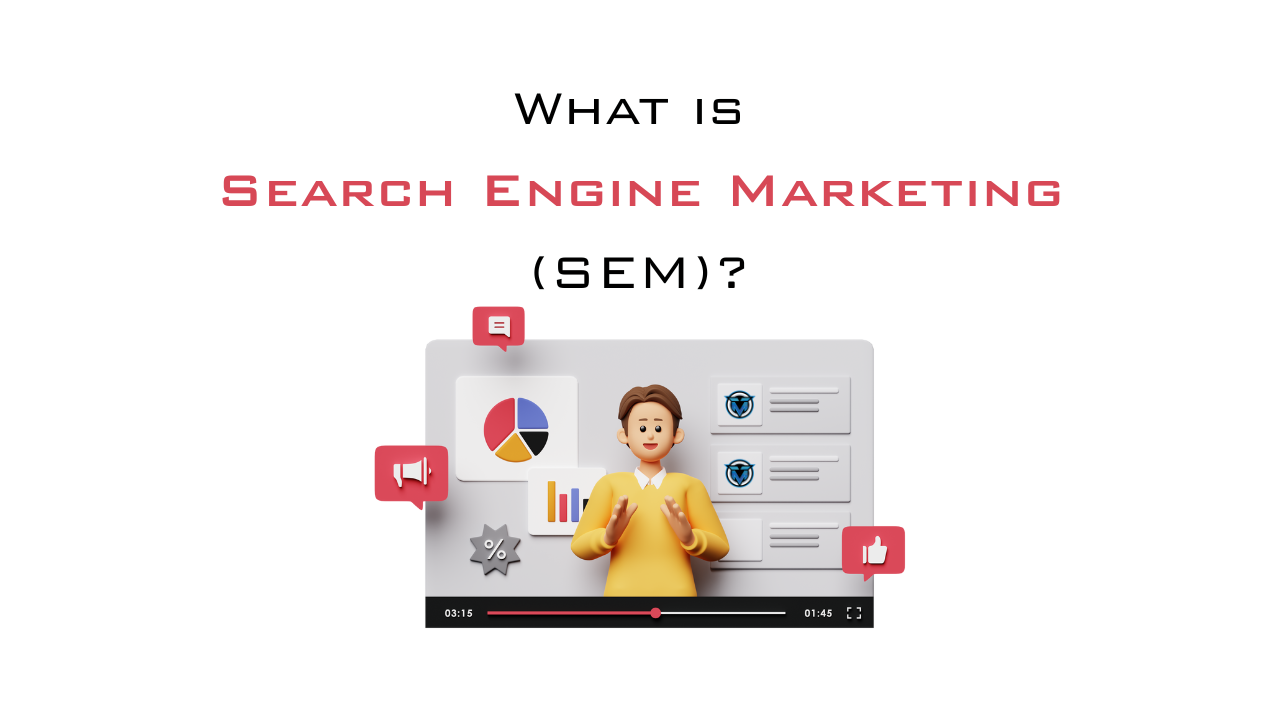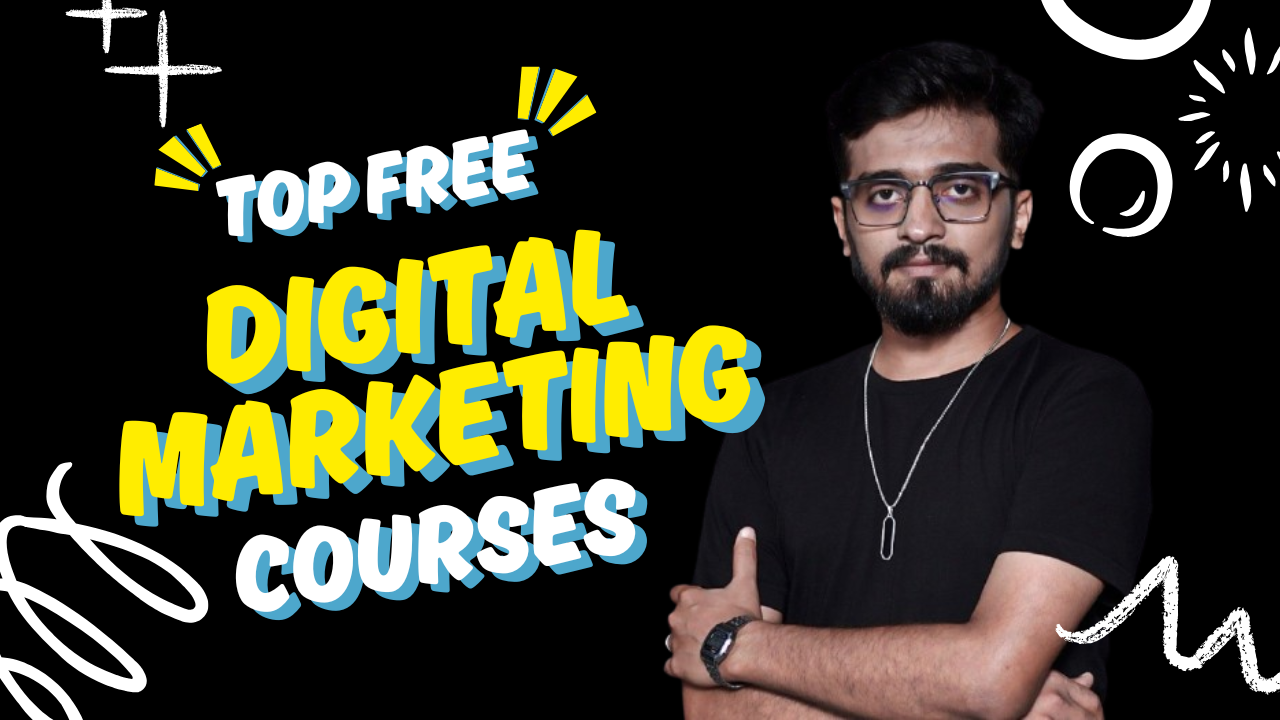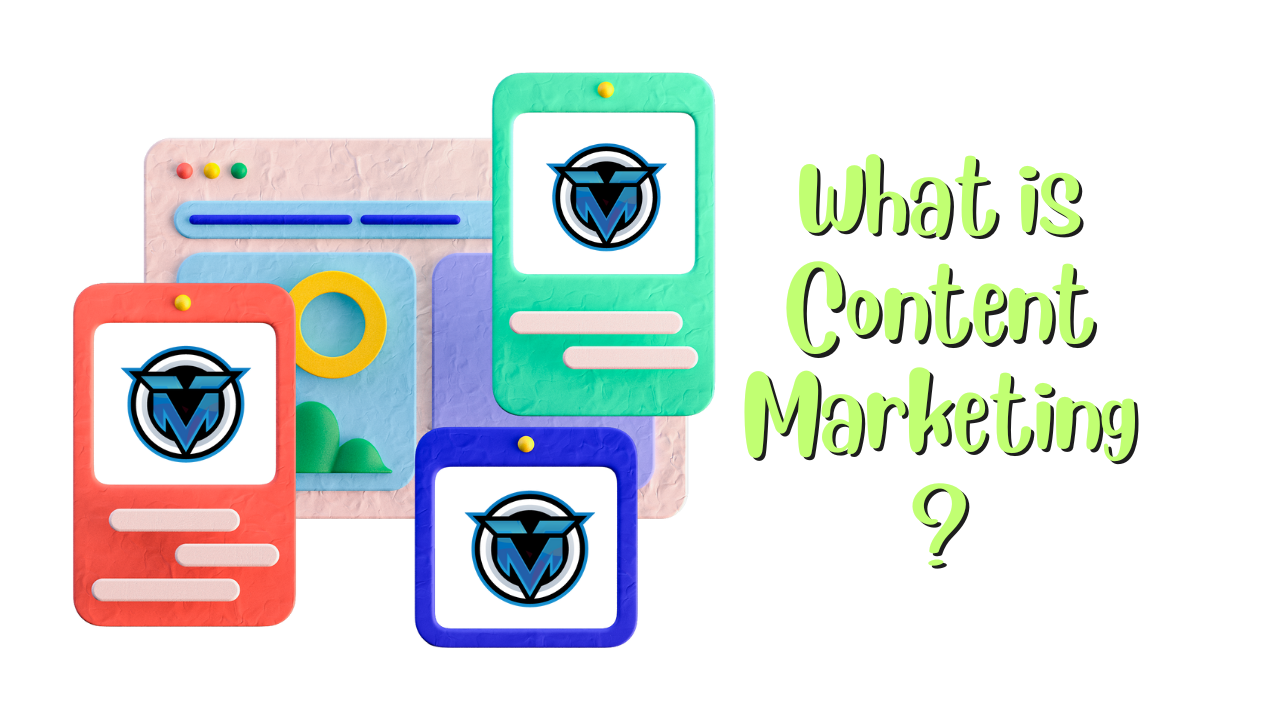In today’s digital-first world, visibility on search engines like Google or Bing can make or break a business. Whether you’re running an eCommerce store, a local service company, or a global brand, showing up when users search for your products or services is critical. This is where Search Engine Marketing (SEM) comes into play.
SEM is one of the most effective ways to grow your business in a highly competitive marketplace. In this article, we’ll break down what SEM is, how it works, and why it’s vital for your digital success.
📌 What is Search Engine Marketing (SEM)?
Search Engine Marketing (SEM) refers to the process of increasing a website’s visibility on search engine results pages (SERPs) primarily through paid advertising. These ads appear above or alongside organic search results and are typically labeled as “Sponsored” or “Ad”.
While SEO (Search Engine Optimization) focuses on earning traffic organically, SEM is about buying visibility to drive targeted traffic instantly.
🧠 SEM Includes:
- Paid Search Ads (Google Ads, Bing Ads)
- Pay-Per-Click (PPC) Campaigns
- Shopping Ads
- Display Ads (if targeted via search intent)
- Retargeting Ads (based on past user search behavior)
💡 Why is SEM Important?
SEM offers immediate visibility, which is crucial for businesses in competitive niches or during peak seasons. Here’s why businesses invest in SEM:
- Instant traffic from high-intent users
- Full control over budget and targeting
- Measurable ROI
- Complements SEO strategies
- Ideal for product launches and promotions
🔍 How Does Search Engine Marketing Work?
SEM operates on a paid advertising model—most commonly Pay-Per-Click (PPC). This means advertisers pay only when users click on their ads. Let’s walk through the step-by-step process of how SEM works:
1. Keyword Research
The first step is identifying the keywords and phrases that your target audience uses to search for products or services like yours.
Tools like:
- Google Keyword Planner
- SEMrush
- Ahrefs
- Ubersuggest
… help you discover high-volume, low-competition keywords that convert.
2. Creating Campaigns and Ad Groups
In platforms like Google Ads, you organize your SEM strategy by creating:
- Campaigns: Overall goal (e.g., lead generation)
- Ad Groups: Focused around a theme or product category
- Ads: The actual text or visual that appears in search results
This structure helps in maintaining relevance and improves Quality Score.
3. Writing Compelling Ads
Search ads typically include:
- A headline
- Display URL
- Description
- Ad extensions (e.g., callouts, sitelinks)
Your ad copy must be:
- Relevant to the keywords
- Clear and action-oriented
- Offering value (e.g., discount, free trial)
4. Setting Budgets and Bids
Advertisers set:
- Daily or monthly budgets
- Max CPC (Cost Per Click) bids for each keyword
You can choose between manual bidding or automated bidding strategies, such as:
- Maximize clicks
- Target CPA (Cost per Acquisition)
- Target ROAS (Return on Ad Spend)
5. Ad Auction and Quality Score
When a user searches on Google, an ad auction takes place. Your ad’s position isn’t just based on how much you bid. Google also considers your:
- Ad Relevance
- Landing Page Experience
- Expected Click-Through Rate (CTR)
These are combined into a Quality Score. Higher scores = lower CPCs and better positions.
6. Landing Page Optimization
The landing page is where users go after clicking the ad. A well-optimized landing page improves:
- Conversion rates
- User experience
- Quality Score
Key elements:
- Fast loading time
- Mobile responsiveness
- Clear call-to-action (CTA)
- Relevant and persuasive content
7. Tracking and Analytics
SEM platforms integrate with tools like:
- Google Analytics
- Google Tag Manager
- Google Ads Conversion Tracking
These help track metrics such as:
- Click-through rate (CTR)
- Cost-per-click (CPC)
- Conversion rate
- Return on Ad Spend (ROAS)
8. Testing and Optimization
To get the most out of SEM, constant A/B testing and optimization are essential:
- Test different ad copies
- Adjust bidding strategies
- Refine keyword targeting
- Exclude underperforming keywords (negative keywords)
📈 Types of Search Engine Marketing Ads
🔹 Text Ads
Appear on Google SERPs based on keyword queries.
🔹 Shopping Ads
Visual product ads (image, price, reviews) shown on Google Shopping.
🔹 Display Ads
Banner ads shown across Google Display Network sites, sometimes retargeted based on search behavior.
🔹 Local Service Ads
Ideal for service providers; appear with a “Google Guaranteed” badge.
🧮 How Much Does SEM Cost?
The cost of SEM varies based on:
- Industry competitiveness
- Keyword cost (some cost $1, others $50+)
- Campaign goals
You can start with as little as $5/day, but most successful campaigns require consistent investment and strategy.
⚖️ SEM vs. SEO: What’s the Difference?
| Feature | SEO | SEM |
|---|---|---|
| Traffic Source | Organic | Paid |
| Time to Results | Long-term | Immediate |
| Cost | Labor-intensive | Cost per click |
| Click Rate | Higher trust | Visible, but labeled as ads |
| Longevity | Sustainable over time | Stops when budget runs out |
Many successful brands use both in a balanced digital marketing strategy.
📊 Benefits of SEM for Businesses
- Laser-focused targeting
- Immediate lead generation
- Scalable across any industry
- Mobile-friendly visibility
- Boosts brand recognition
Whether you’re a small business or an enterprise, SEM helps you reach the right audience at the right time—with the right message.
🧠 Best Practices for Effective SEM Campaigns
- Use negative keywords to avoid irrelevant traffic
- Segment ad groups for better targeting
- Align ad copy with user intent
- Use geo-targeting for local businesses
- Focus on landing page quality for better conversions
🔚 Conclusion: Why SEM Matters in 2025 and Beyond
In the ever-evolving digital marketing landscape, Search Engine Marketing is not just an option—it’s a necessity. It offers a fast track to visibility, clicks, and conversions. By understanding how SEM works and implementing best practices, businesses can gain a competitive edge, drive qualified traffic, and boost their ROI.
Whether you’re looking to launch a new product, increase sales, or dominate local search, SEM is one of the smartest ways to make your brand seen—and heard—online.






